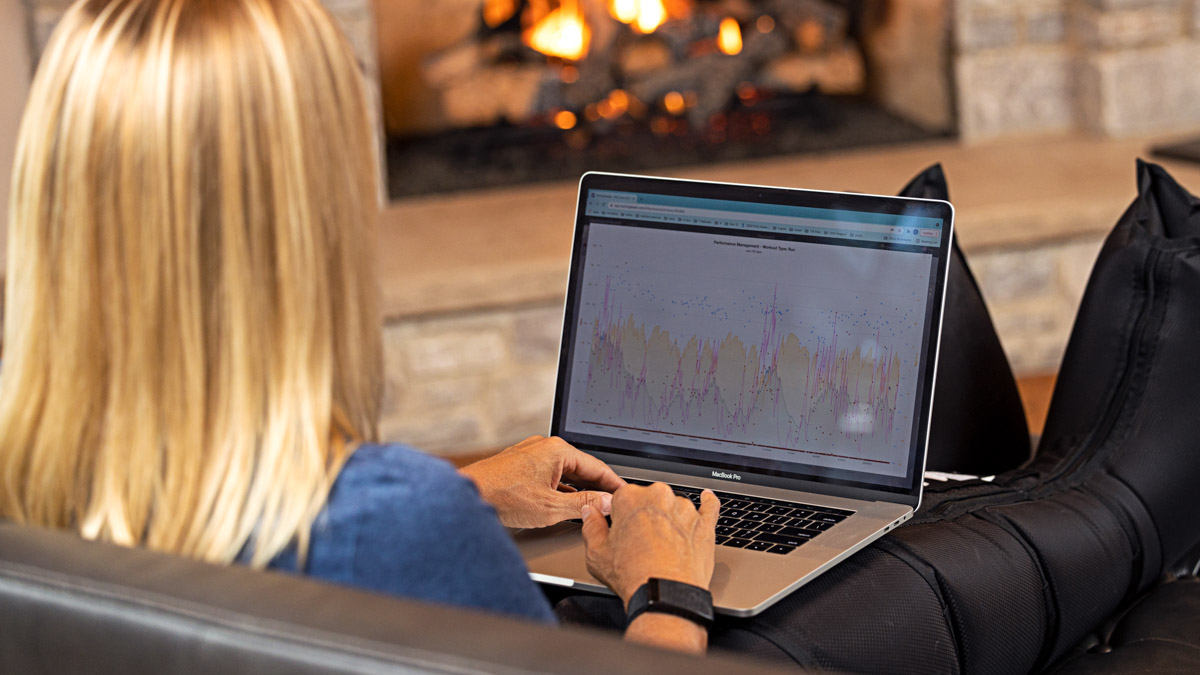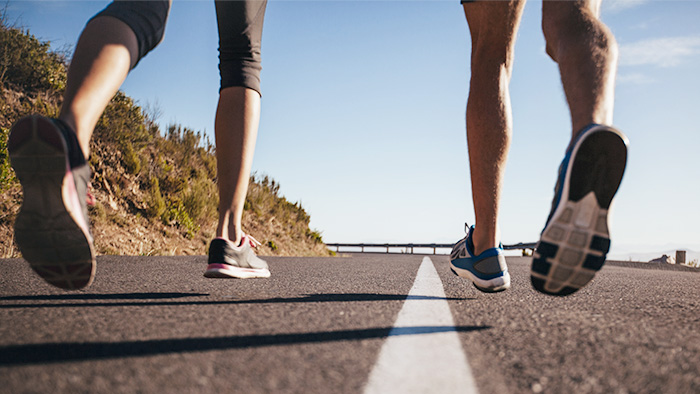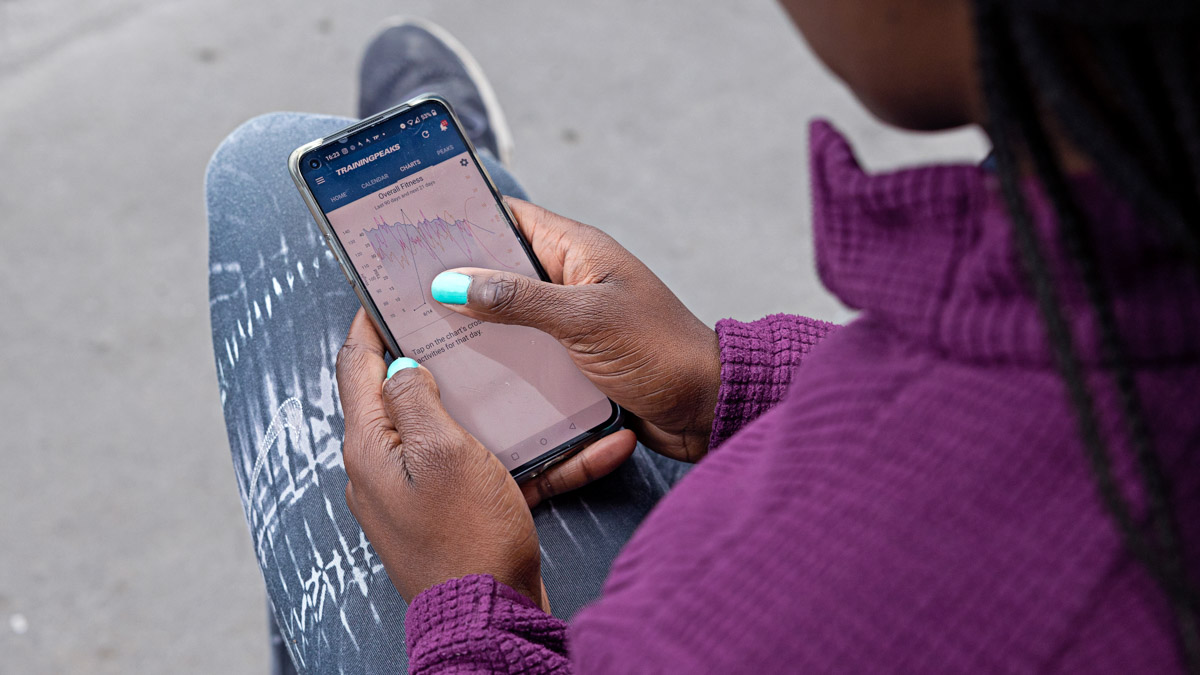Endurance athletes at all levels should establish a core set of technologies to plan, execute, and review their training. Having a primary device (e.g., a head unit for cyclists or a watch for runners and multi-sport athletes), a heart rate monitor, a power meter, and an app like TrainingPeaks for planning and reviewing workouts and training data is almost as important as having shoes or a bike.
As you get more experienced and comfortable with this starter pack of technology, you may wonder what other technology might be available to help you get even more out of your training. To that end, we’ve gathered a list of a few of the most interesting recent technological developments for endurance athletes and coaches.
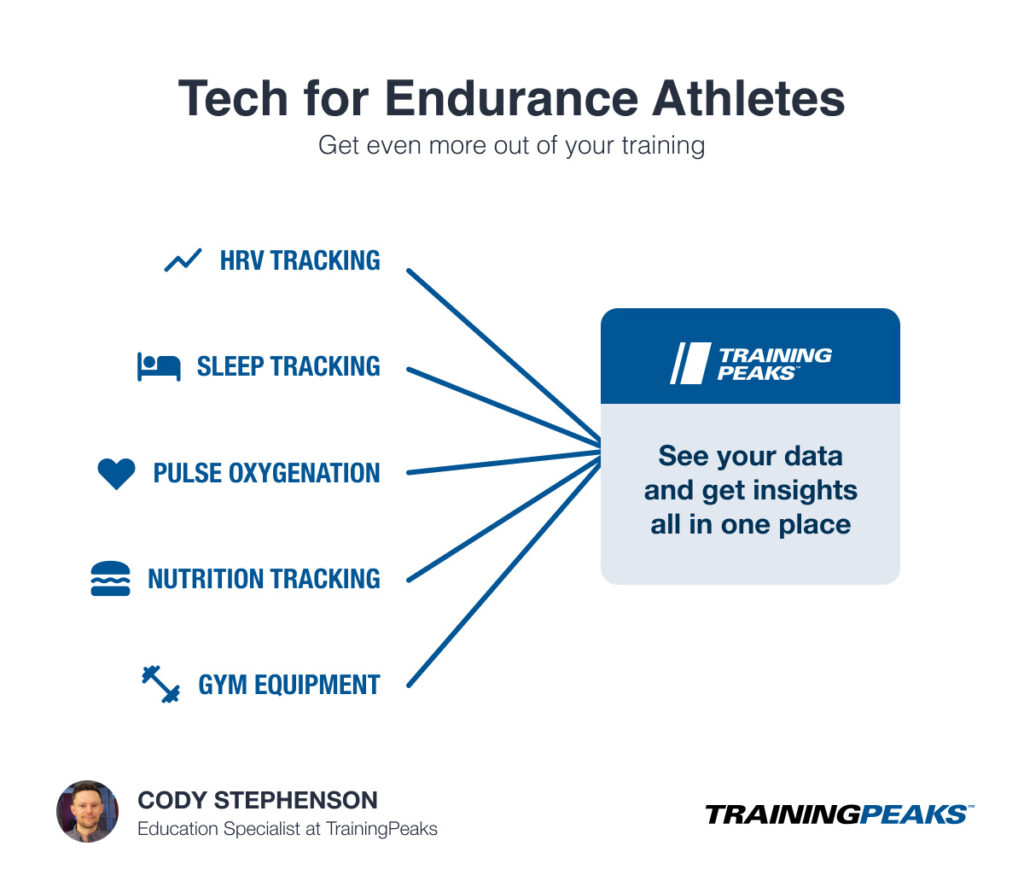
Heart Rate Variability (HRV) Tracking
Tracking HRV isn’t exactly new. It started getting attention as a method for determining recovery and readiness state several years ago, but it has finally reached a critical mass of users, products, and collected data to become mainstream. While some controversy remains around specific aspects of HRV tracking (like whether there is any value to tracking HRV during workouts or the best ways to normalize the raw data), the core value is apparent: large deviations in daily HRV values from your baseline are an indicator that something may be wrong.
For athletes who aren’t very good at listening to their bodies, tracking HRV can help them calibrate their sense of recovery and readiness. For athletes who do understand the messages their body is sending, HRV can still provide extra information on days when they aren’t sure if they are just tired or if they might be getting sick.
Tech companies have also made it easier than ever to track HRV. The higher-end watch models from major tracking device companies like Garmin, Suunto, and Polar can all do basic HRV tracking, so you might even be able to get started without an additional device. Other companies are making dedicated devices — like rings and armbands — that you might find more comfortable to wear all day or at night than a watch. The Oura ring, for example, tracks HRV and other recovery metrics with a discreet and screenless ring. WHOOP makes a low-profile band that can be worn on the wrist, upper arm, or even inserted into dedicated interior pockets in their new clothing line. (Bonus: WHOOP syncs with TrainingPeaks).
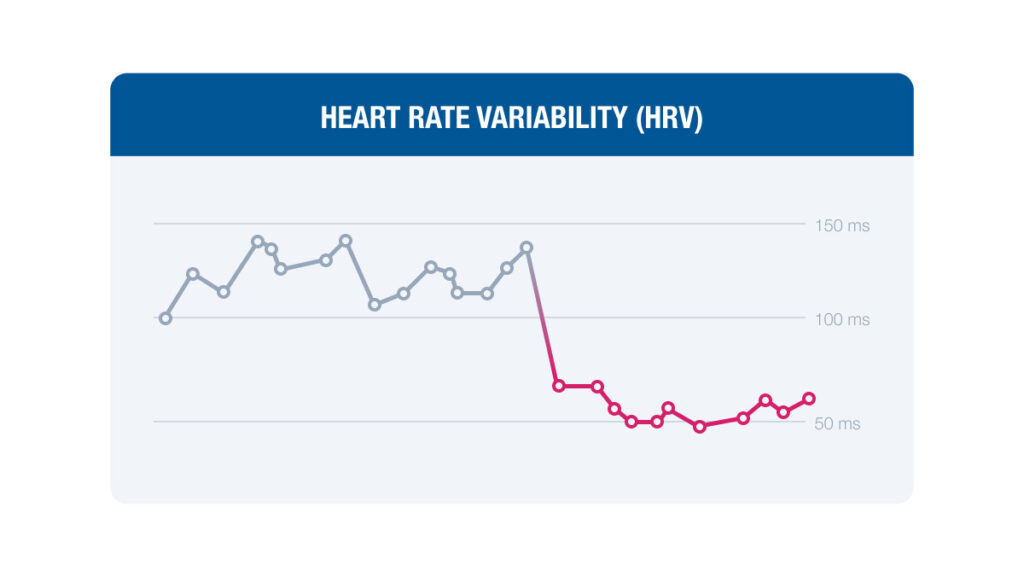
Best HRV Monitor Options
- Keep things simple by using your own Garmin, Suunto, or Polar watch.
- If you find a watch cumbersome, try the discreet Oura ring. Please note that at this time, Oura does not sync to TrainingPeaks.
- WHOOP’s low-profile band is an excellent option that syncs directly to your TrainingPeaks app.
Sleep Tracking
Athletes and coaches know that you don’t get better from training — you get better by recovering from training. Specifically, you realize the benefits of training during sleep. Often the best way to start improving something like sleep quality is to more deliberately pay attention to it so that you can see if any patterns emerge.
All of the dedicated recovery and readiness devices from the previous section also track sleep, as do many running, multi-sport, and non-sport smartwatches. By simply paying attention to your sleep, you can start to see patterns in things that positively or negatively affect your sleep quality or, more easily, set sleep improvement goals.
Most sleep-tracking technology is still in the early stages. These devices attempt to track sleep stages, but there is still a lot of variability and inaccuracy there, so keep your focus on the simple metrics. Sleep duration, time sleeping versus total time in bed, bedtime and wake time, and sleep interruptions are the most useful for now and can all be tracked in TrainingPeaks as well.
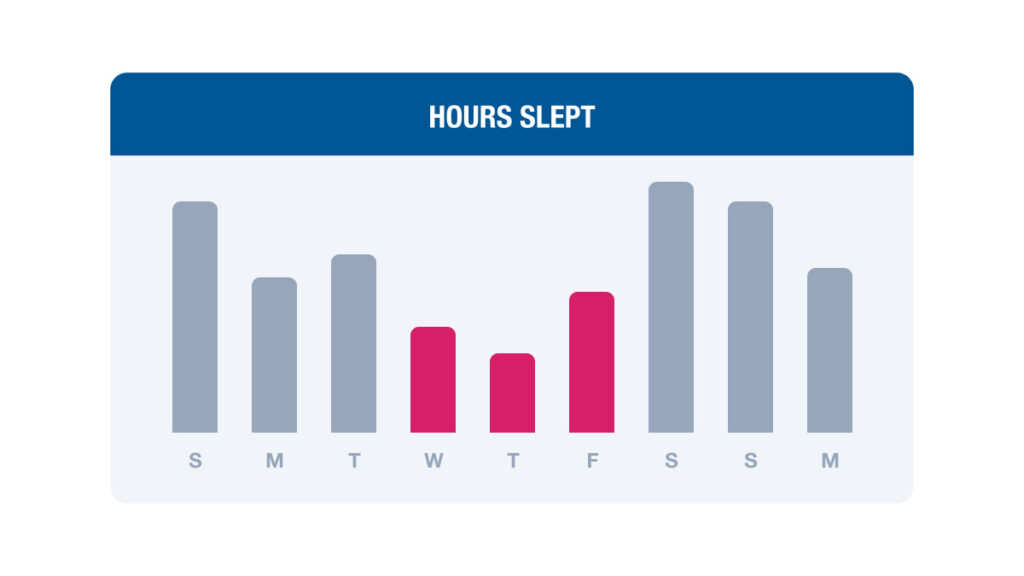
Pulse Oxygenation
The same optical sensors used to track resting heart rate and HRV can also measure pulse oxygenation, so many device manufacturers have started tracking pulse ox (or are planning to soon). Pulse oxygenation or saturation indicates how effectively your blood is binding and transporting oxygen to the rest of your body. In healthy people, it is typically close to 100%, but can go down in response to illness, nutritional deficiencies, overtraining, or traveling to high elevations. Tracking it can help you determine if you should reduce training volume in response to those conditions or if you are adapting to higher elevations.
Pulse Ox is one of the newest developments on our list, and some of the specific recommendations have yet to be determined. Still, we expect that to change rapidly, especially regarding training and racing at elevations different than what you are used to. For now, we are filing this under “one to keep an eye on,” but since it is becoming so widely available, there is no harm in tracking it yourself and looking for patterns in your data (like how many days after arriving at altitude your oxygenation values return to normal.)
Nutrition Tracking
Proper nutrition is twice as important since it is necessary to support quality training and recovery. Until now, it has also been the most challenging component to manage with technology. For nearly a decade, the most advanced and widely available solution was to enter meals and track total intake and macronutrient breakdown in a tool like MyFitnessPal. But now, more advanced options like the Fuelin app have modernized nutritional planning with customized recommendations based on your training plan. We are also seeing a breakthrough with companies developing tools for monitoring real-time nutritional status during workouts or overall metabolic state.
Supersapiens, for example, tracks real-time blood glucose levels to ensure you are adequately fueled before, during, and after workouts and integrates with TrainingPeaks and many devices. Lumen and VO2Master have modernized technology from lab-based metabolic cart measurements — which have been the gold standard in performance and metabolic testing for decades — that are packaged into scalable and portable devices. Lumen aims at monitoring resting metabolic rate and body composition management, while VO2Master focuses more on performance and training measurement.
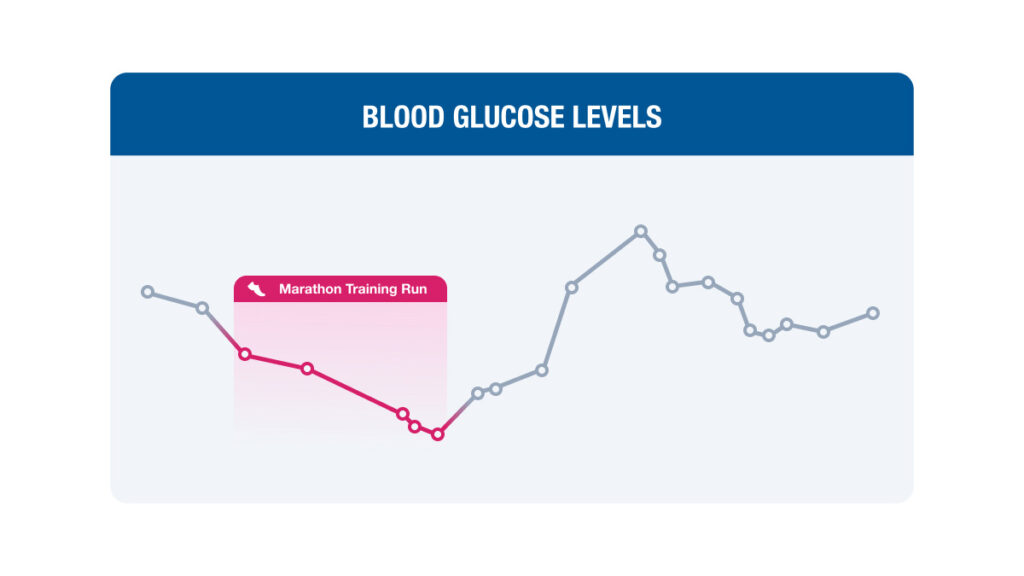
Best Nutrition Tracker Options
- Use Fuelin to get customized meal and workout nutrition plans based on your planned workouts in TrainingPeaks.
- Use Supersapiens for continuous glucose monitoring (CGM) to ensure you’re adequately fueled.
- Lumen offers an easy, portable device for measuring your metabolism.
- You can test your own VO2 max with VO2Master’s wearable device.
Gym Equipment
While not as fancy or futuristic sounding as some of the other developments we’ve mentioned, there are some practical yet exciting developments in gym equipment.
Technogym has had a strong presence in European gyms for decades and has recently started showing up more in other regions and home gyms with its newest line of treadmills and exercise bikes. Runners looking for a treadmill may be interested in the Technogym MyRun, which is one of the first treadmills to allow for automatic control of the target pace based on a TrainingPeaks structured workout. For cyclists and runners who often travel for work (or occasionally for vacation), the increasing availability of Technogym equipment in commercial gyms will make it even easier to follow and record the workouts on your TrainingPeaks calendar.
Nearly 20 years after power meters became widely available (and 30 years after the release of heart rate monitors), endurance training technology is still developing at a dizzying pace. Whether you have mastered your current tools and are looking for the next one to give you an edge, or you have identified recovery, sleep, or nutrition as something you want to focus on, keep the products on this list in mind — and there are sure to be many more in the near future.
